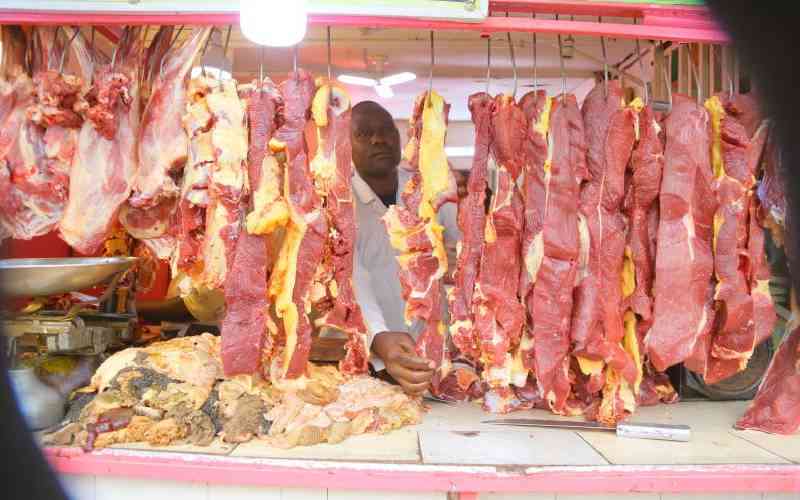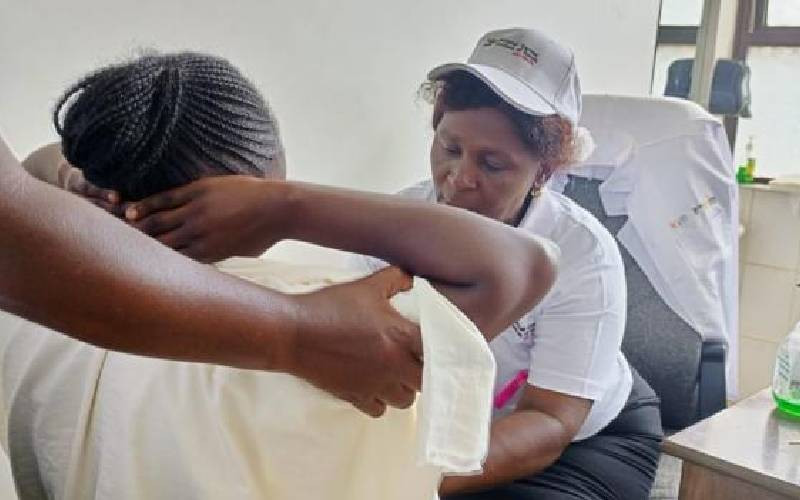
Antimicrobial resistance, or AMR, is no longer a distant threat confined to medical journals. It is here, it is growing, and it could soon become one of the biggest killers in the world.
The World Health Organisation (WHO) has repeatedly warned that if nothing changes, resistant infections could kill more people globally than cancer by 2050. The danger is particularly acute in sub-Saharan Africa, where drug regulation is weaker and antibiotics are used widely in both human health and agriculture.
Kenya is already facing this reality. The Ministry of Health has identified AMR as a national public health crisis, noting that common bacterial infections are becoming harder to treat with standard medicines. Doctors are increasingly reporting cases where antibiotics that used to work fail, necessitating the use of more expensive or less accessible drugs. The causes extend far beyond hospitals.
One of the major drivers of resistance is the way antibiotics are used in food-producing animals. Research by the Global Antibiotic Resistance Partnership in Kenya has shown that about 80 per cent of livestock households regularly use antibiotics, and an astonishing 95 per cent obtain them without prescriptions.
Many farmers use these drugs not just to treat illness but also to promote growth and prevent disease in healthy animals. Withdrawal periods, the mandatory time between treatment and slaughter, are often ignored, which means residues end up in meat sold to consumers. Studies show that although awareness of AMR among farmers is relatively high, with most able to correctly answer basic questions about it, this knowledge does not necessarily change behaviour.
Globally, organisations such as the Food and Agriculture Organisation (FAO) have sounded the alarm on the agricultural link to resistance. In Zimbabwe and Zambia, for instance, Farmer Field Schools supported by FAO have helped small-scale poultry farmers improve hygiene and biosecurity, reducing their reliance on antibiotics.
These initiatives are part of the wider “One Health” approach that recognises human, animal and environmental health as interconnected, and that tackling AMR requires coordinated action across all three.
Kenya has attempted to follow this path through its National Action Plan on Antimicrobial Resistance, launched in 2017 and now in its second phase. The plan committed the government to expand surveillance, strengthen regulation of drug use and improve public awareness.
County-level AMR committees have been set up to bring together the health, agriculture and environmental sectors. Yet experts warn that progress has been uneven, particularly in informal markets where much of the country’s meat is sold. In these settings, regulation is weak, veterinary oversight is minimal, and consumers have little information about what they are eating.
This is where private sector practices can make a difference, even if they cannot replace public policy. Kenchic, Kenya’s largest poultry processor, has adopted a farm-to-family traceability system that tracks meat back through breeder farms and hatcheries.
The company is the only African organisation recognised by the International Poultry Council for antimicrobial stewardship, and it holds FSSC 22000 food safety certification. Products are tested regularly for microbial contamination, and customer complaints are resolved within two days.
“We are highly regulated in terms of antibiotic use,” says Brenda Njeri, the company’s Factory Manager. “The measures we have in place are designed to ensure our products are antimicrobial free.” She adds that Kenchic can trace any chicken cut back to the grandparent flock it came from, giving consumers confidence about safety and origin.
Njeri also emphasises the role of consumers in shaping the food system. “Please, ask what you eat. What you eat makes you who you are. Health is key to sustainability, so whatever we offer the society must also keep it healthy.”
Alun Meskel, Head of Plant Operations, is more direct about the risks elsewhere in the industry.
“A good number of farmers focus so much on profitability, they pump chicken with antibiotics to prevent them from getting sick,” he says. “By the time the chicken is slaughtered, you are buying meat that has traces of antibiotics in it. And when people fall ill, the medication they take may no longer work because they’ve unknowingly built resistance over time.”
Meskel explains that Kenchic’s long-term goal is to reach antibiotic-free production, a standard that only a handful of organisations worldwide are pursuing. “Our ultimate goal is to have antibiotic-free production. It is a very ambitious project, but it is the only way forward,” he says.
Both managers stress that animal welfare is closely tied to food safety. Birds are raised without cages, allowed to walk freely, and even given perches and toys to simulate a natural environment. “When animals are stressed during transport or slaughter, the meat quality is affected. Relaxed animals produce safer and better food,” Meskel notes.
He also points out that chicken is not only affordable but one of the healthiest proteins available. “Gram for gram, chicken has the highest protein and the least fat. It is good for you and can be eaten every day,” he says.
These insights highlight the gap between best practice and the broader market. While a company like Kenchic may offer consumers assurances, the reality is that most Kenyans still buy their meat from informal traders who lack such systems. Without stronger regulation, routine monitoring and clearer labelling, the public remains exposed to hidden risks.
The danger is not just theoretical. Resistant bacteria do not stay confined to farms, they can spread through food, water and the environment, undermining the effectiveness of antibiotics when people need them most. The Ministry of Health warns that the cost of inaction will be measured not only in money but in lives lost.
In the meantime, every plate of meat carries an unspoken question: what is really in it, and what might it mean for our health tomorrow?
 The Standard Group Plc is a multi-media organization with investments in media
platforms spanning newspaper print
operations, television, radio broadcasting, digital and online services. The
Standard Group is recognized as a
leading multi-media house in Kenya with a key influence in matters of national
and international interest.
The Standard Group Plc is a multi-media organization with investments in media
platforms spanning newspaper print
operations, television, radio broadcasting, digital and online services. The
Standard Group is recognized as a
leading multi-media house in Kenya with a key influence in matters of national
and international interest.











